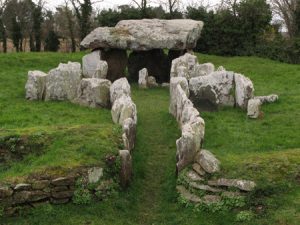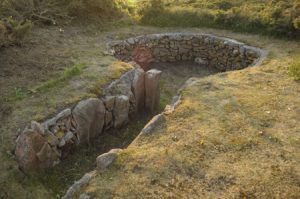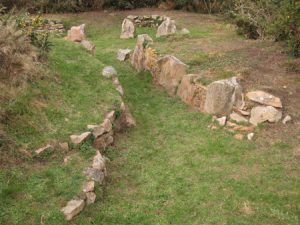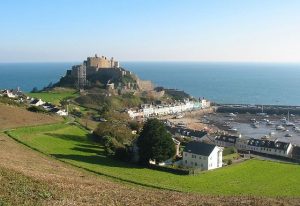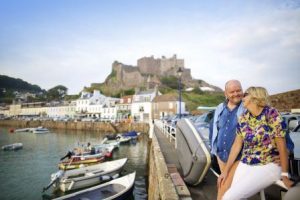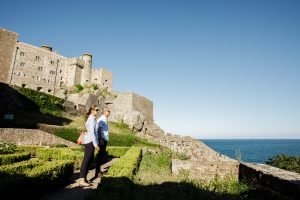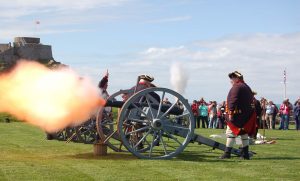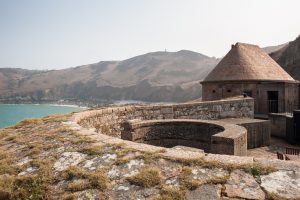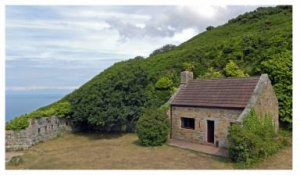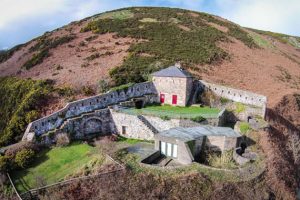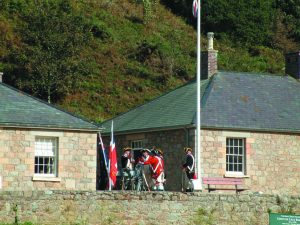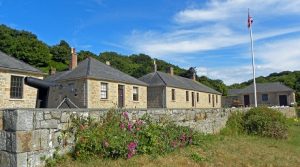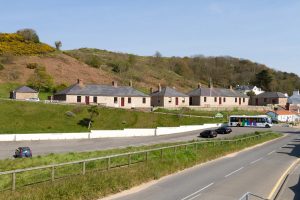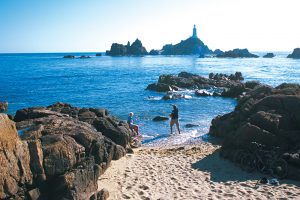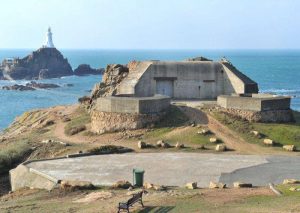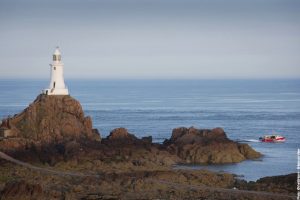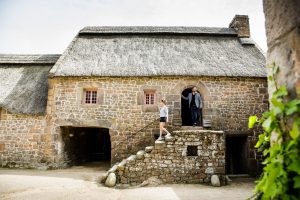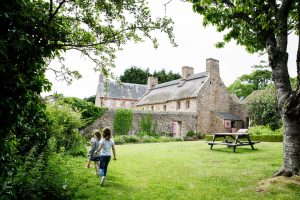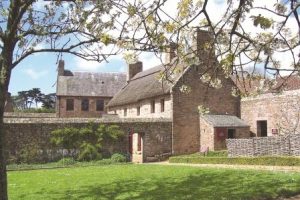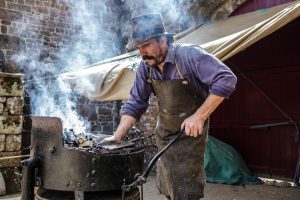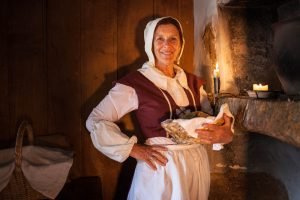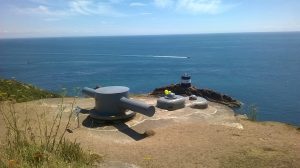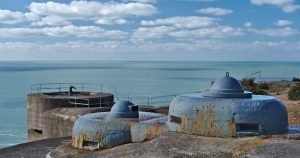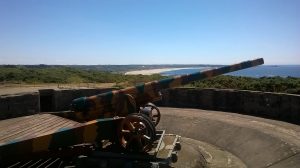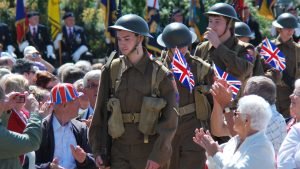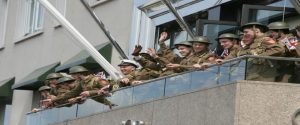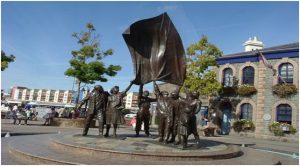Stone Age monuments from both the Neolithic and Chalcolithic periods (4500 – 1700 BC) are common in Jersey. These monuments are even older than Stonehenge and are some of the best preserved examples in Europe. The burial chambers, known as Dolmens are mainly surrounded by upright stones, whilst the end chamber is covered by a huge Capstone. Human remains and Stone Age remnants, including pottery, axes and pendants have been excavated from these sites.
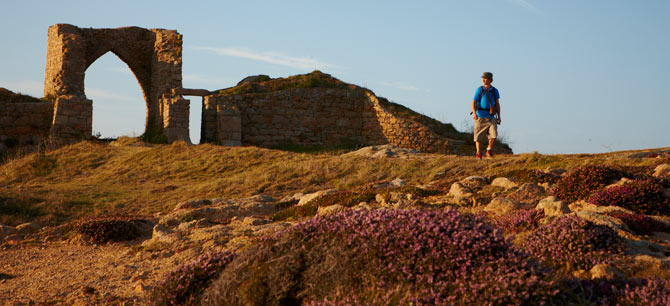 The 16th century Elizabeth Castle was the mainstay of Jersey`s defences for 300 years, built on a rocky islet in the bay of St Aubin`s the castle is accessible along the causeway at low tide or you can also take the amphibious ferry to explore the battlements and experience a day in a soldier`s life there with regular re-enactments of the Gunners Parade and the daily firing of the cannon.
The 16th century Elizabeth Castle was the mainstay of Jersey`s defences for 300 years, built on a rocky islet in the bay of St Aubin`s the castle is accessible along the causeway at low tide or you can also take the amphibious ferry to explore the battlements and experience a day in a soldier`s life there with regular re-enactments of the Gunners Parade and the daily firing of the cannon.Also in the 16th century St Aubin`s fort was built, originally to house cannons to defend the anchorage and then in 1643 it was transformed into a fort during the English Civil War. Despite its impressive 12 cannons the fort surrendered to Parliamentarian forces in 1651. Explore the history of the fort by taking a walk out during low tide, but be aware of the incoming tide to avoid being stranded.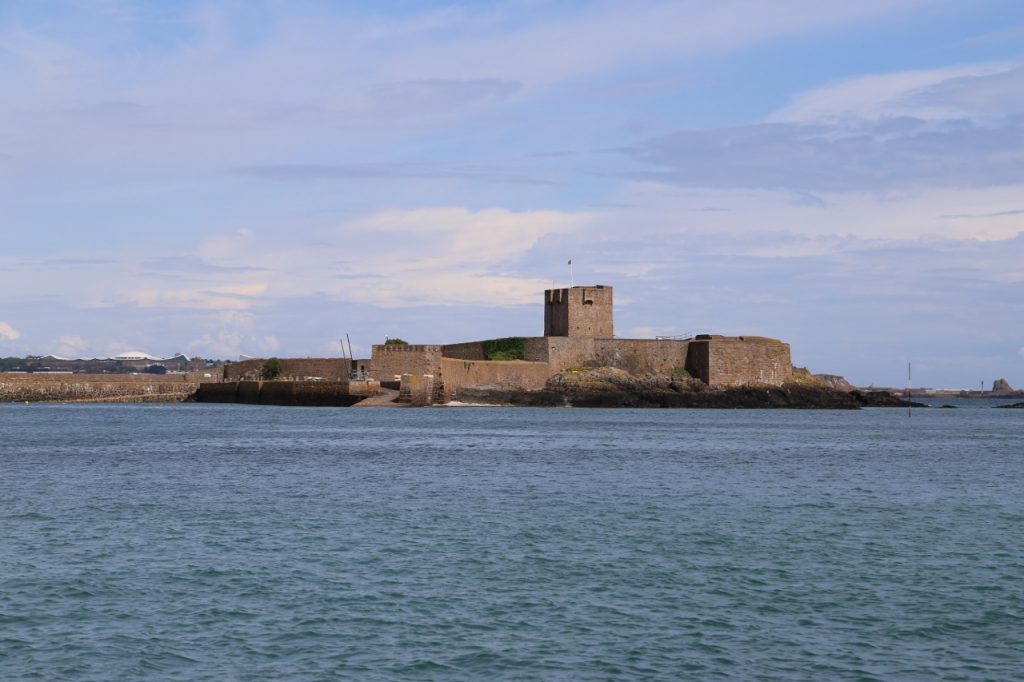 If you take a drive around the island you will see many towers and forts that were built for the purpose of protecting the island from French invasion. Many of these towers and forts can be hired out to give a unique holiday experience including Fort Leicester, La Crete Fort, L`etacquerel & Le Catel Fort Guardhouse and the towers of Seymour, Lewis`s, Kempt & Archirondel
If you take a drive around the island you will see many towers and forts that were built for the purpose of protecting the island from French invasion. Many of these towers and forts can be hired out to give a unique holiday experience including Fort Leicester, La Crete Fort, L`etacquerel & Le Catel Fort Guardhouse and the towers of Seymour, Lewis`s, Kempt & Archirondel
Hamptonne which is a farm complex offers an insight into Jersey`s rural history with its 3 houses (each from a different century) which reflect the changing styles of architecture over the years and boasts several outbuildings and an orchard, whilst the 18th Century farm complex at The Elms exposes a wealth of architectural detail, with its extensive range of outbuildings providing another insight into Jersey`s agricultural heritage
The 18th century watermill at Le Moulin de Quetivel is set amongst beautiful woodland surroundings and is Jersey’s last remaining working watermill giving a unique insight into Jersey`s industrial past when milling was at its peak
A further insight into Jersey`s industrial past can be found at Le Moulin de Tesson where there is evidence of a large steam engine which was used to supplement the power to run the wheel and is one of the few remaining mills in the island. An 18th century house at 16 New Street is unquestionably the finest remaining Georgian town house in St Helier and showcases a wonderful example of the fashion that this era was famous for and has been described as “a lost jewel in the crown of the architectural heritage of Jersey’”
An 18th century house at 16 New Street is unquestionably the finest remaining Georgian town house in St Helier and showcases a wonderful example of the fashion that this era was famous for and has been described as “a lost jewel in the crown of the architectural heritage of Jersey’”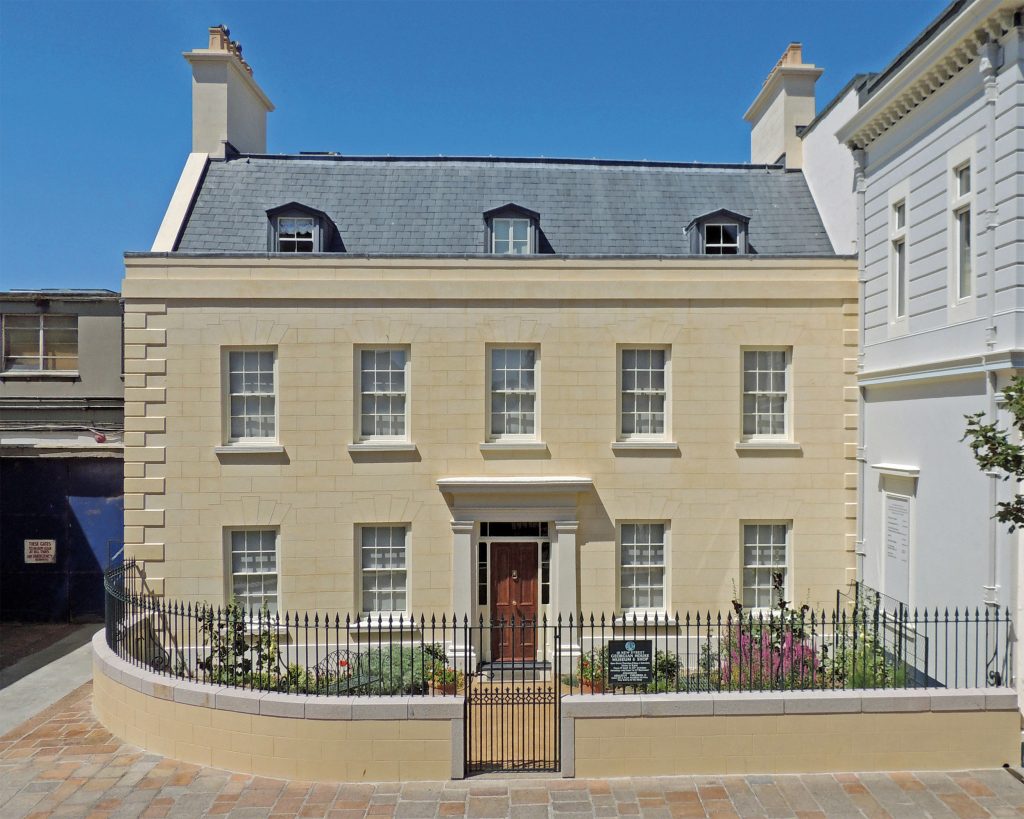 The 20th century brought about the invasion from Hitler`s Germany, who took little time to turn the island into a fortress using slave labour from mainly Eastern Europe, many of these workers died here due to the appalling conditions that they were forced to endure. Many of the fortifications still remain today such as the Batteries of Lothringen, Moltke and Strongpoint Corbiere, the anti-tank gun casement at Millbrook and the heavy machine-gun turret at Val de la Mare. The most famous of all the fortifications are the War Tunnels, which was formerly known as The Underground Hospital. There is also the Channel Islands Military Museum located in St Ouen which contains many militaria items, many in pristine condition and being housed in one of Hitler`s former coastal defences give you the opportunity to get a true feeling of the occupation during those early years of the 1940`s
The 20th century brought about the invasion from Hitler`s Germany, who took little time to turn the island into a fortress using slave labour from mainly Eastern Europe, many of these workers died here due to the appalling conditions that they were forced to endure. Many of the fortifications still remain today such as the Batteries of Lothringen, Moltke and Strongpoint Corbiere, the anti-tank gun casement at Millbrook and the heavy machine-gun turret at Val de la Mare. The most famous of all the fortifications are the War Tunnels, which was formerly known as The Underground Hospital. There is also the Channel Islands Military Museum located in St Ouen which contains many militaria items, many in pristine condition and being housed in one of Hitler`s former coastal defences give you the opportunity to get a true feeling of the occupation during those early years of the 1940`s
- Liberation Day
Jersey Museum – From Ice Age to the German Occupation
Pallot Steam & Motor Museum – steam, farm and other machinery, motor vehicles, vintage bicycles and a variety of organs.

